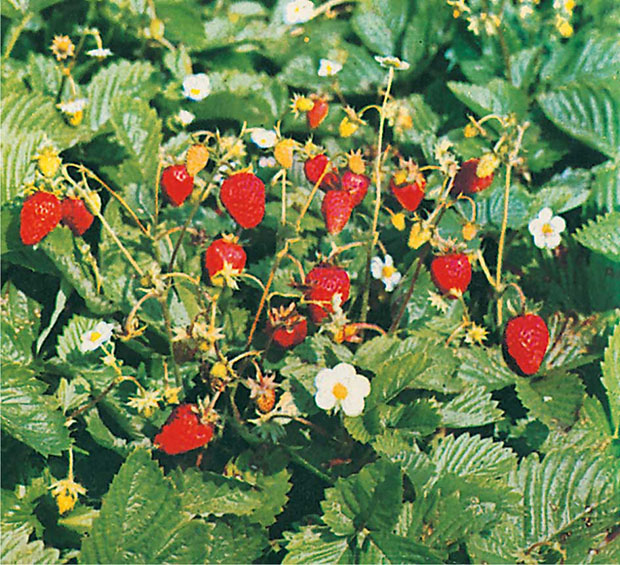Despite the appropriateness of the environmental conditions, strawberries cultivation in Syria is developing slowly. In Homs province this agriculture received considerable attention by the farmers, especially in Talkalkh area which has witnessed a remarkable expansion in the past few years in terms of the cultivated areas and the number of greenhouses thanks to the suitable climatic conditions and the high economic revenues for this kind of agriculture.
Head of Homs Agriculture Directorate, Mr. Nazih Reefa’i, explained that the cultivation of strawberries occupies the first rank among the protected cultivation in the province and spread particularly in the governorate’s western region. The strawberries cultivated area in Homs reached 675.540 square meters and the number of the greenhouses was 2630 spread in the villages of the western region of the province.
He added that the farmers grow strawberries due to a combination of reasons. Some of which are related to the climate where the region has a temperate mountain climate which is suitable for this type of agriculture. The other reasons are related to the nature of the strawberry plant itself in terms of its high resistance to disease and weather conditions. In addition to the fact that the services provided to the plant do not require a lot of effort or time and can be performed by members of the family at all stages of the plant growth, pointing out that the number of households that cultivate strawberries in Talkalkh area are more than 600 families.
Refa’i stressed that the economic factor remains the main reason for adopting this kind of agriculture in terms of the cost of the green house set for growing strawberries, which can be positioned anywhere. It does not need to be warmed in winter. Besides that strawberry diseases are few and controlled.
 Adana Ghanem, a farmer from al-Mankoula village in Talkalakh region, explained that what distinguishes strawberry crop from the rest of the protected crops is that the duration of the picking which extends for six months. The other thing is that strawberry fruits are arranged in small boxes weighing between 600 to 800 grams which priced less than the containers that are used to market the rest of the crops, stressing that the production net profit sometimes reach up to more than sp75 000 for each greenhouse.
Adana Ghanem, a farmer from al-Mankoula village in Talkalakh region, explained that what distinguishes strawberry crop from the rest of the protected crops is that the duration of the picking which extends for six months. The other thing is that strawberry fruits are arranged in small boxes weighing between 600 to 800 grams which priced less than the containers that are used to market the rest of the crops, stressing that the production net profit sometimes reach up to more than sp75 000 for each greenhouse.
Regarding the crop marketing mechanism, Ghanem said that the production of strawberries marketed collectively by the farmers, to Damascus and Aleppo, pointing out that the production starts in December where strawberry are consumed fresh. The output peak begins in March and extends to the end of the season in June, and here most of the production is made in a form of juices and jams.
strawberry is rich with water and mineral elements, fructose, fat fiber and vitamins A B C. Several studies show that eating 100 grams of strawberries gives the body 45 calories only so this makes strawberry appropriate to reduce the weight. It is also considered a laxative and disinfectant for the intestines and diuretic. It helps those who suffer from stones in the urinary tract, rheumatism, liver disorders. It also lowers high blood pressure and kills germs and pathogens. It gives the body more vital and utilized rejuvenation of the skin, remove wrinkles and treat sunburn.
But the excessive use of agro-chemicals in greenhouses cause a lot of chronic diseases and tumors.
Most historical sources indicate that the original home of strawberries is North America as it was a perennial plant growing in the forest naturally. It was used as a food and medicine by the peoples of the ancient civilizations. Nowadays strawberry is grown in many varieties and spread widely in most countries of the world.
Amal Farhat – From Homs to the Syria Times.

